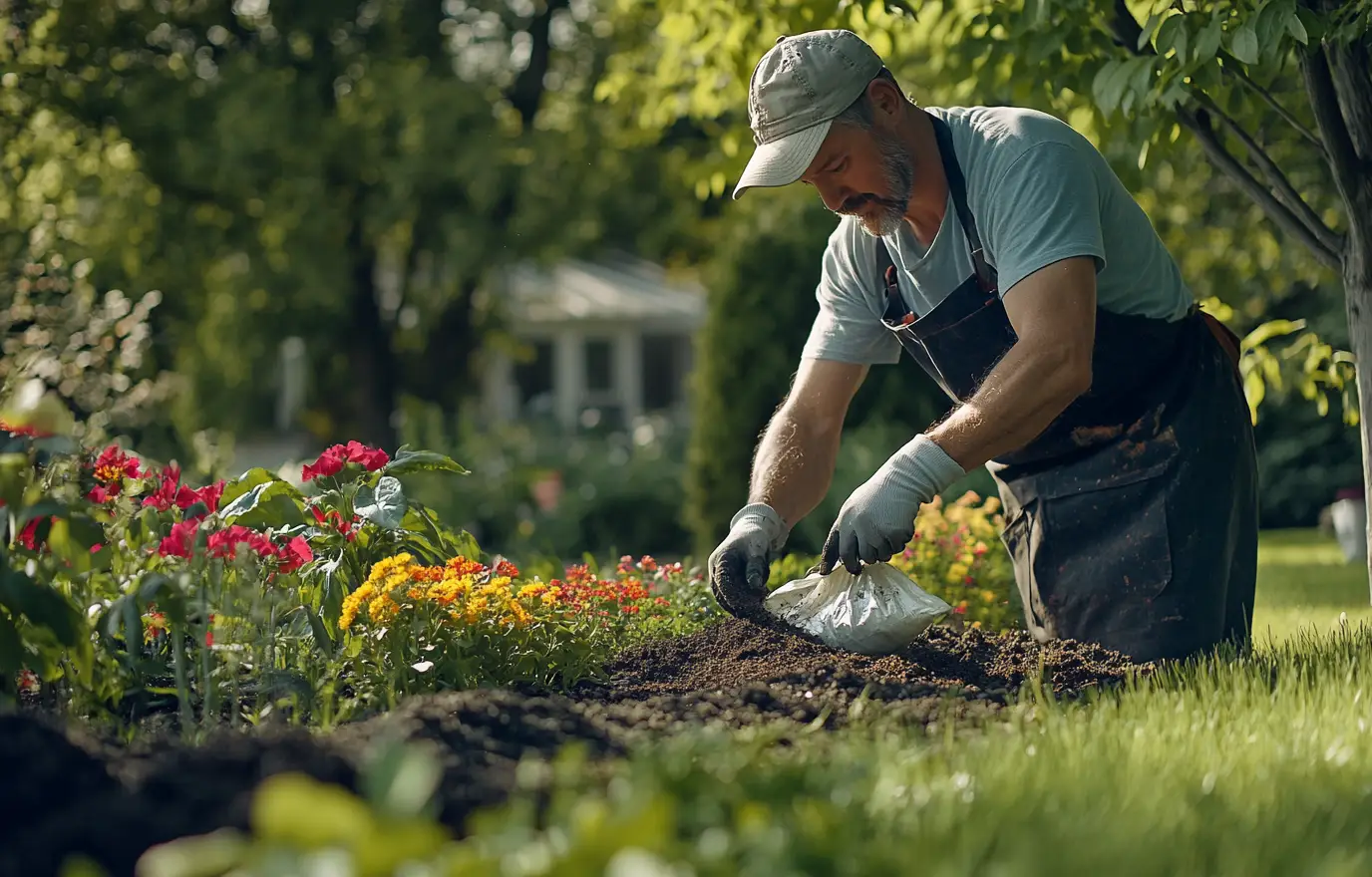How to Know When to Fertilize Your Lawn for a Lush, Healthy Green Yard

Caring for your lawn is an age-old practice, but to get that rich, brilliant green lawn, there’s more to it than just mowing. A major component of your correct lawn care regimen is appropriate fertilizing, which offers vital nutrients to support thick, healthy grass growth and also helps to prevent typical weeds. But when is the ideal time for best outcomes and how frequently should you fertilize your lawn? Can your grass be harmed by too much fertilizer? Continue reading to find the solutions and prepare your lawn for the season in peak condition!
RELATED 1: The Ultimate Lawn Care Schedule for a Lush, Green Yard All Year!
RELATED 2: 12 Common Lawn and Garden Weeds to Watch Out for—and How to Eliminate Them Once and For All
RELATED 3: The Perfect Time to Water Your Lawn for Vibrant Grass and Maximum Efficiency
When and How Often to Apply Lawn Fertilizer
The kind of fertilizer, weather, season, and grass variety among other things will determine how often you should fertilize your lawn. Usually, two to three times every season is perfect. But, knowing which nutrients your grass requires is just as crucial as frequency.
Morning is the ideal time to fertilize your lawn; evening is the second-best choice for doing so. This time guarantees your grass is hydrated and ready to take the nutrients efficiently and helps to avoid the danger of burning from the midday heat.
RELATED: Top Hand Push Mowers for 2025
How to Fertilize Your Lawn
Though it's crucial to do it correctly to prevent over-fertilizing, fertilizing your lawn need not be difficult. These simple guidelines will help you to guarantee your grass receives the nutrients it needs without any trouble:
- Choose the Correct Fertilizer: Select a fertilizer appropriate for your soil conditions and grass kind. Read the package directions closely for the proper application rate.
- Apply evenly using a spreader: Using a spreader, evenly sprinkle the fertilizer across your grass. Some fertilizers can be connected to your hose for quick, consistent spraying for convenience.
- Water Right Away: Water your lawn straight away after using dry fertilizer. This guarantees the greatest advantage for your grass by allowing the nutrients to sink into the soil and reach the roots.
RELATED: Top Weed Killers to Tackle Stubborn Invasive Plants
- Gradual Growth: Slow-growing or stunted grass may require more fertilizers to get back on course.
- Grass Turning Yellow: Often, yellow or pale green grass indicates a lack of nutrients, particularly nitrogen. Fertilizing can help bring back its vivid hue.
- Thinning Grass or Bare Areas: Thin patches or bare spots in your lawn indicate it’s time to fertilize to promote healthy growth and fill in the voids.
- Invasion of Weeds: Weeds overtaking indicates they are flourishing while your lawn is suffering. Fertilizing helps your grass get stronger and helps to keep weeds under control.
- Pest Issues: Nutrient deficiency can increase your lawn's susceptibility to pests. Fertilizing can assist raise the health of your grass and lower pest activity if you see more insects or grubs.
- Results of Soil Tests: A soil test is the most precise method to determine whether your grass need fertilizer. It will point out any nutrient shortages, especially in nitrogen, phosphorus, or potassium, so guiding your fertilization strategy.

